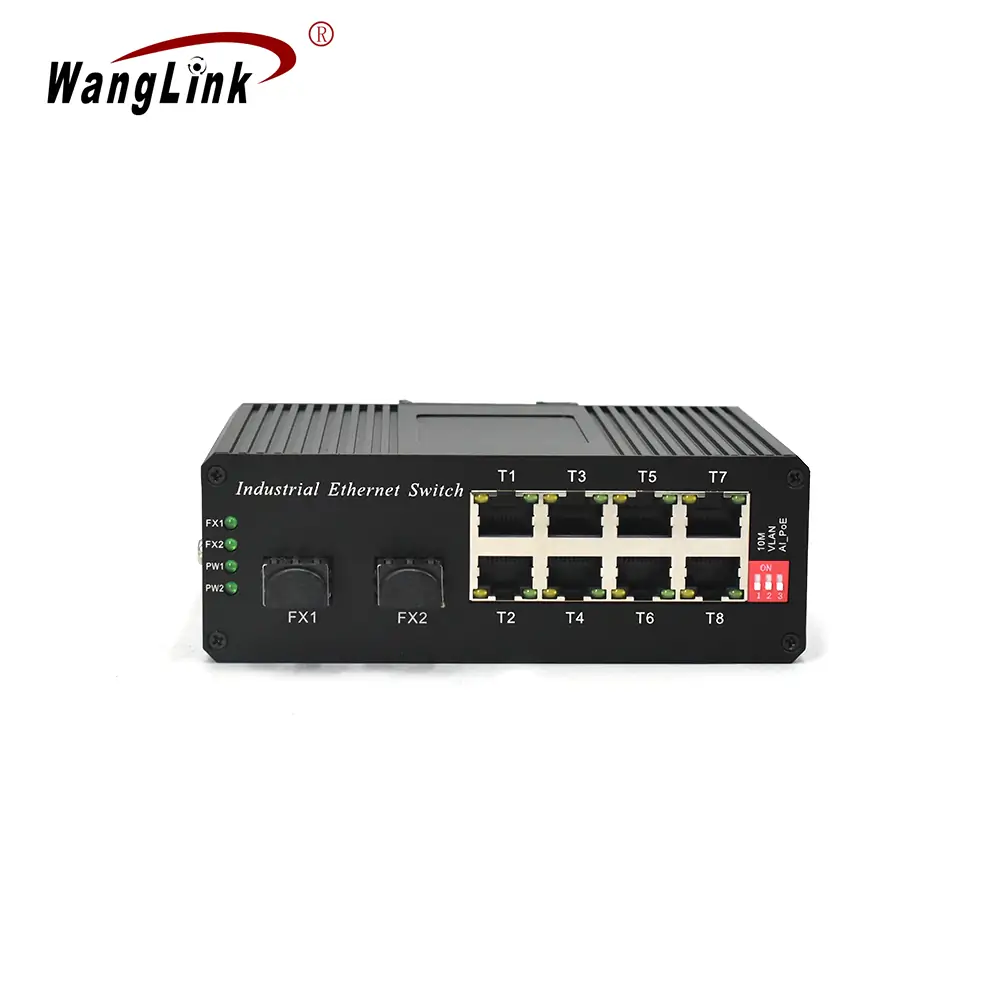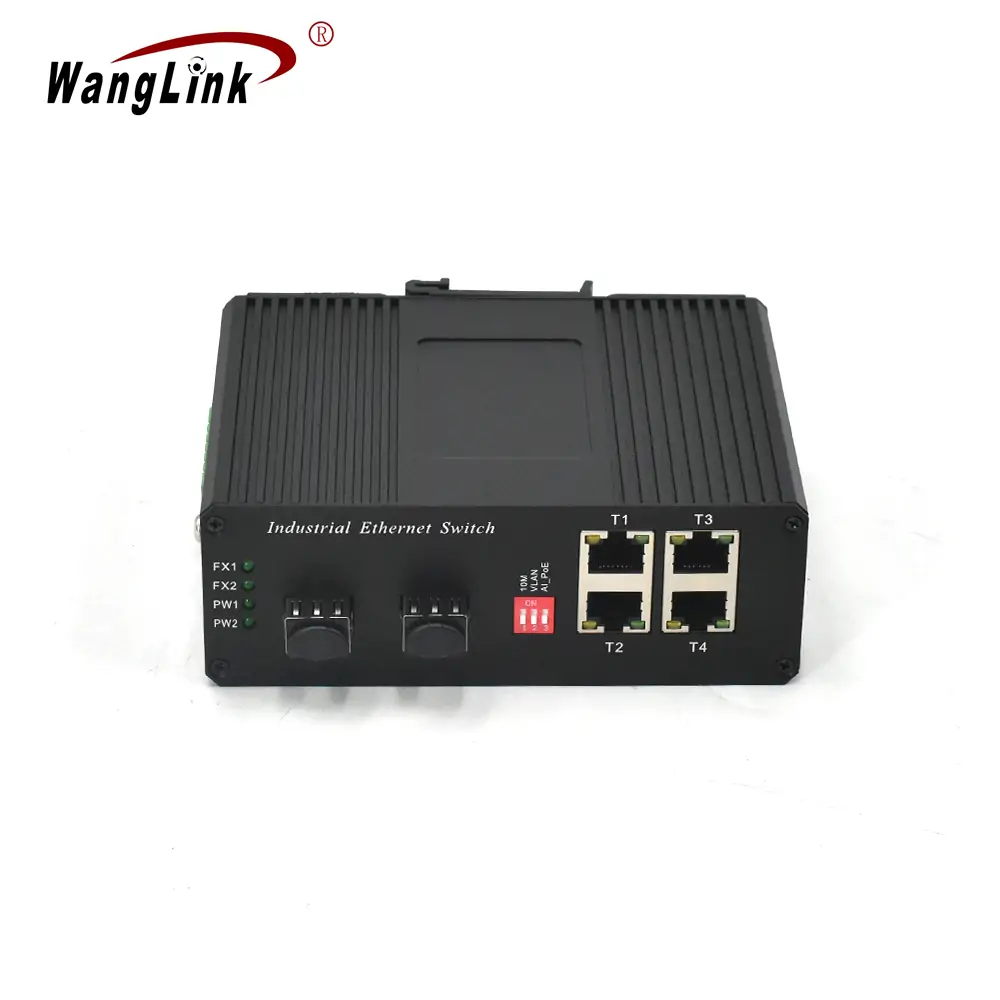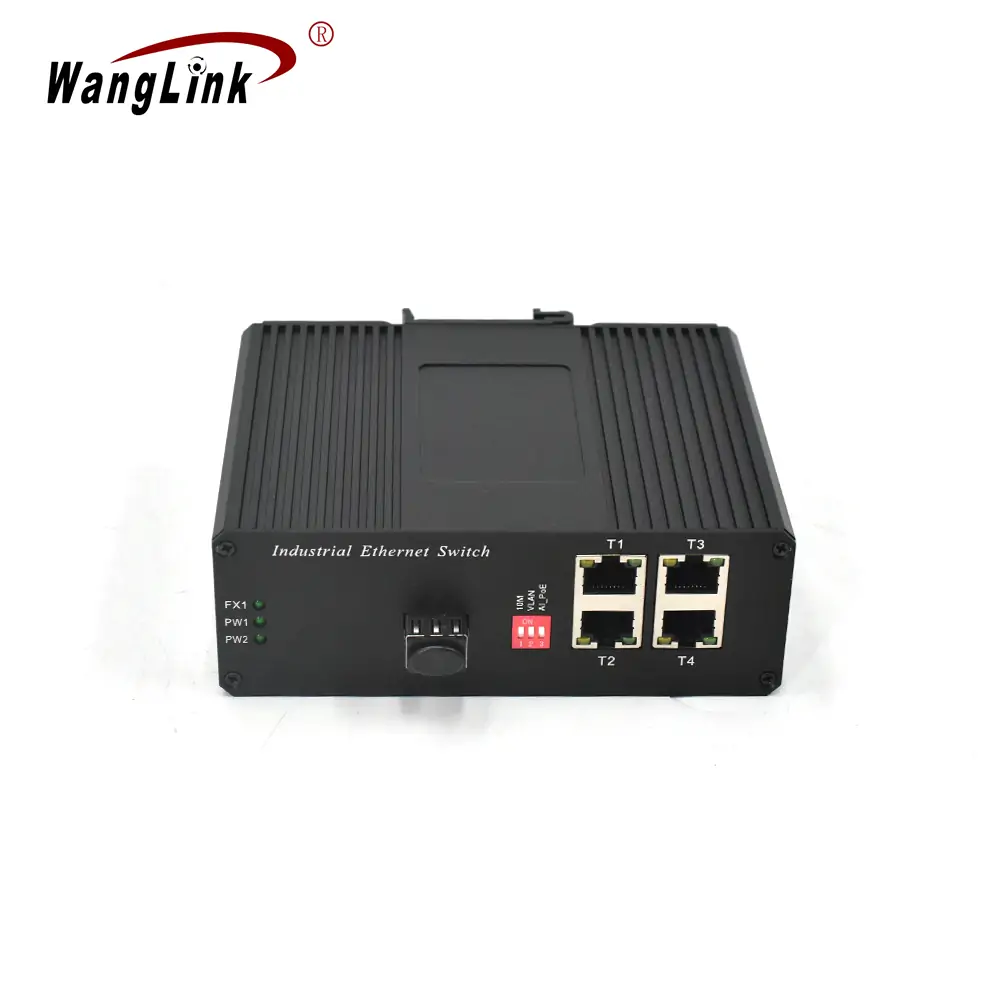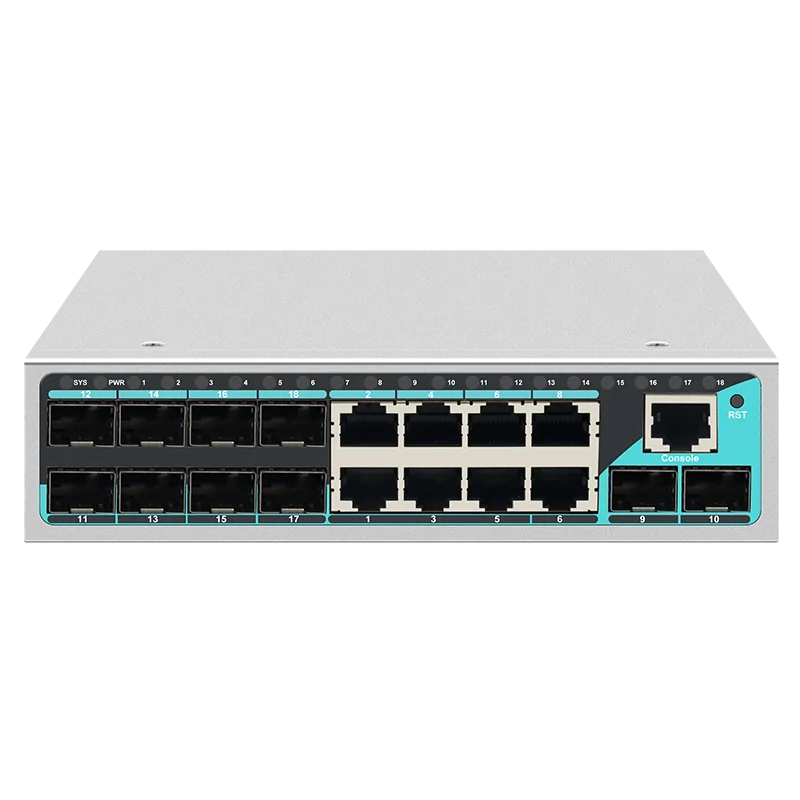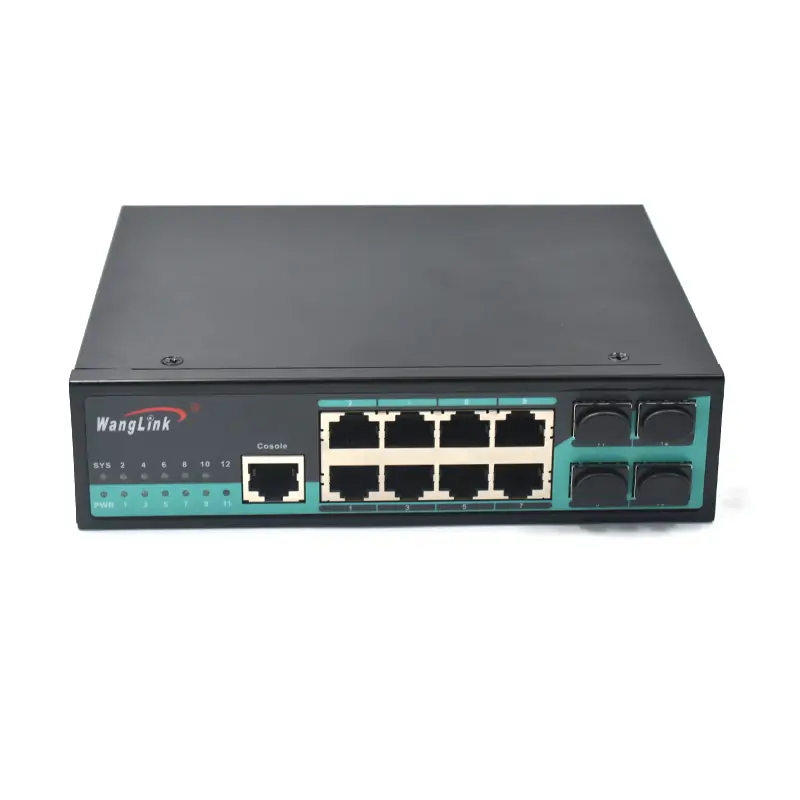The Complete Guide to Gigabit Ethernet PoE Switches: Features, Benefits, and Selection Criteria
In today’s rapidly evolving digital landscape, network infrastructure demands have never been higher. Organizations require robust, efficient, and scalable solutions that can handle both data transmission and power delivery seamlessly. Enter the gigabit ethernet poe switch – a revolutionary networking device that combines high-speed connectivity with Power over Ethernet capabilities, transforming how we approach network design and implementation.
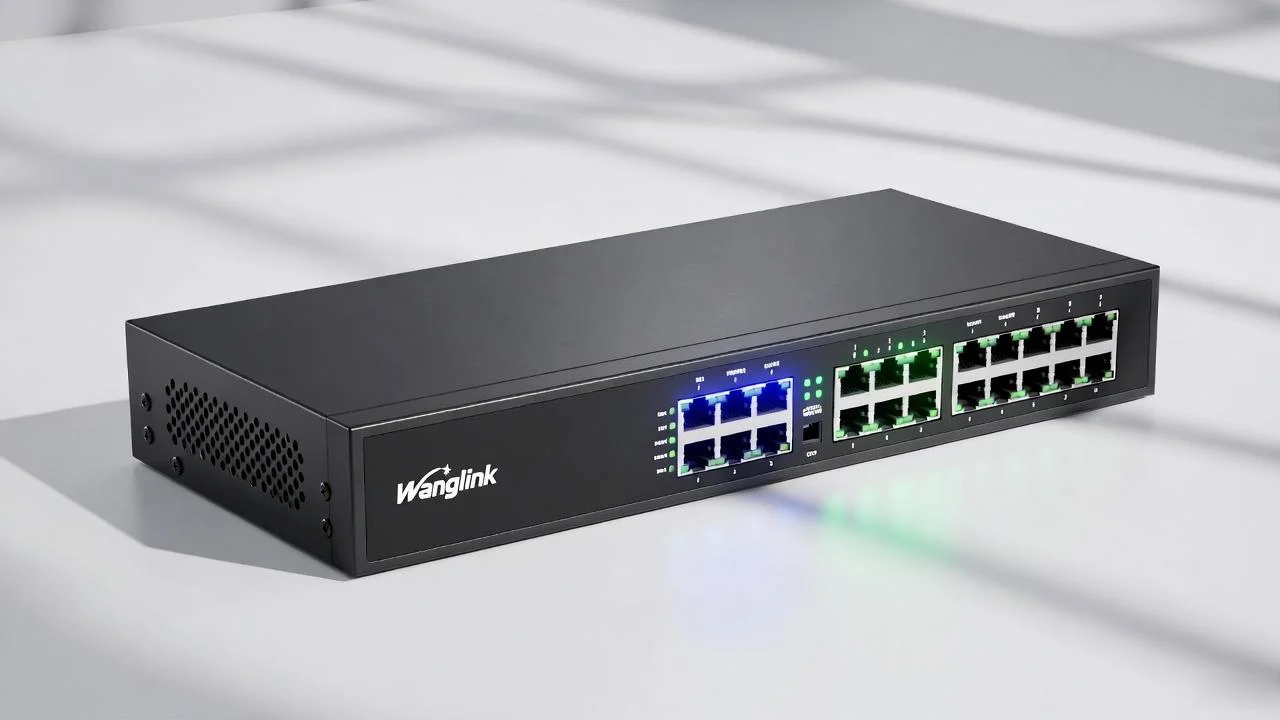
Understanding Gigabit Ethernet PoE Technology
What is a Gigabit Ethernet PoE Switch?
A gigabit Ethernet PoE switch is a network device that provides both data connectivity at gigabit speeds (1000 Mbps) and electrical power through the same Ethernet cable. This dual functionality eliminates the need for separate power cables, simplifying installation and reducing infrastructure costs.
The technology operates on IEEE 802.3af, 802.3at (PoE+), and 802.3bt (PoE++) standards, delivering varying power levels to connected devices:
- IEEE 802.3af (PoE): Up to 15.4W per port
- IEEE 802.3at (PoE+): Up to 30W per port
- IEEE 802.3bt (PoE++): Up to 60W or 100W per port
Key Components and Architecture
Modern gigabit PoE switches incorporate several critical components:
- Power Supply Unit (PSU): Provides the total power budget for all PoE ports
- PoE Controller: Manages power allocation and device detection
- Switching Fabric: Handles data packet forwarding at wire speed
- Management Interface: Enables configuration and monitoring capabilities
Types of Gigabit Ethernet PoE Switches
Unmanaged PoE Switches
Unmanaged switches offer plug-and-play functionality without configuration requirements. These devices are ideal for small businesses and simple network deployments. Popular models include:
- SG82P-E Unmanaged 8-Port Gigabit Ethernet PoE Switch
- SG821P-V2 Unmanaged 8 Port Gigabit Ethernet PoE Switch
Managed PoE Switches
Managed switches provide advanced features such as VLAN support, QoS configuration, and remote management capabilities. These switches are essential for enterprise environments requiring granular control over network traffic and power management.
Industrial PoE Switches
Industrial-grade switches are designed for harsh environments, featuring extended temperature ranges, ruggedized enclosures, and enhanced reliability. The ISL802P Industrial Fast Ethernet Din Rail Switch exemplifies this category with its robust construction and DIN rail mounting capability.
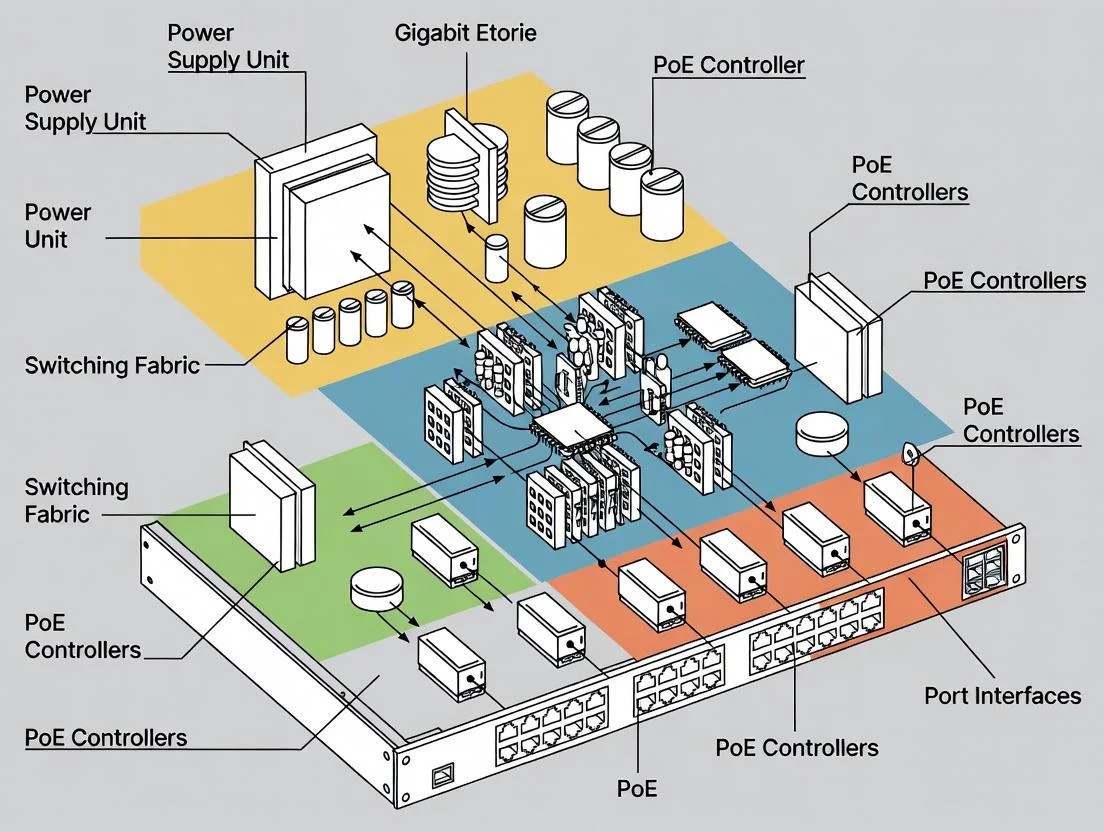
Power Budget Considerations
Understanding Power Requirements
When selecting a gigabit Ethernet PoE switch, understanding power budget requirements is crucial. The total power budget must accommodate all connected devices while maintaining operational efficiency.
| Device Type | Typical Power Consumption | PoE Standard |
|---|---|---|
| IP Cameras (Basic) | 5-10W | 802.3af |
| IP Cameras (PTZ) | 20-30W | 802.3at |
| Wireless Access Points | 15-25W | 802.3at |
| IP Phones | 3-7W | 802.3af |
| LED Lighting | 30-60W | 802.3bt |
Power Budget Calculation
To calculate the required power budget:
- Identify connected devices and their power requirements
- Add 20% safety margin for future expansion
- Consider power efficiency (typically 85-90%)
- Account for environmental factors that may affect power consumption
Port Configuration and Connectivity Options
Standard Port Configurations
Gigabit PoE switches are available in various port configurations to meet different network requirements:
- 4-Port Models: Ideal for small offices or specific device clusters
- 8-Port Models: Most popular for small to medium businesses
- 16-Port Models: Suitable for larger deployments
- 24-Port and Above: Enterprise-grade solutions
Uplink Options
Modern switches offer multiple uplink options for network connectivity:
- Gigabit Copper Uplinks: Standard RJ45 connections for backbone connectivity
- SFP Ports: Fiber optic connectivity for long-distance connections
- SFP+ Ports: 10 Gigabit uplinks for high-bandwidth applications
The SG411P-E Unmanaged 4 Port PoE Gigabit Ethernet Switch demonstrates this versatility with its combination of PoE ports, gigabit uplink, and SFP connectivity.
Real-World Applications and Case Studies
Case Study 1: Small Office IP Camera System
Challenge: A 50-employee office needed to deploy 12 IP cameras for security monitoring while maintaining existing network infrastructure.
Solution: Implementation of two SG82P-E 8-Port Gigabit PoE Switches provided:
- 16 PoE ports total (4 spare for expansion)
- 240W total power budget
- Gigabit uplinks for backbone connectivity
Results:
- 30% reduction in installation costs
- Simplified cable management
- Improved network reliability
Case Study 2: Warehouse Wireless Coverage
Challenge: A 100,000 sq ft warehouse required comprehensive Wi-Fi coverage with 20 high-power access points.
Solution: Deployment of managed gigabit PoE switches with PoE+ capability:
- 600W total power budget across multiple switches
- VLAN segmentation for security
- Centralized management for monitoring
Results:
- 99.9% wireless coverage achieved
- 40% faster deployment compared to traditional power methods
- Enhanced network security through VLAN implementation

Advanced Features and Technologies
Quality of Service (QoS)
Advanced gigabit PoE switches incorporate QoS mechanisms to prioritize critical traffic:
- Traffic Classification: Automatic identification of voice, video, and data traffic
- Bandwidth Allocation: Guaranteed bandwidth for critical applications
- Latency Management: Minimized delay for real-time applications
VLAN Support
Virtual LAN capabilities enable network segmentation:
- Port-based VLANs: Simple segmentation by physical port
- 802.1Q Tagging: Advanced VLAN tagging for complex networks
- Voice VLANs: Dedicated VLANs for VoIP traffic
Security Features
Modern switches incorporate comprehensive security measures:
- Port Security: MAC address filtering and learning limits
- Access Control Lists (ACLs): Traffic filtering based on various criteria
- 802.1X Authentication: Network access control
- DHCP Snooping: Protection against rogue DHCP servers
Selection Criteria and Best Practices
Key Selection Factors
When choosing a gigabit Ethernet PoE switch, consider these critical factors:
| Factor | Considerations |
|---|---|
| Port Count | Current needs + 25% growth capacity |
| Power Budget | Total device requirements + 20% margin |
| Management | Unmanaged vs. managed based on complexity |
| Environment | Indoor vs. industrial requirements |
| Uplink Options | Copper vs. fiber connectivity needs |
| Budget | Initial cost vs. long-term value |
Installation Best Practices
- Environmental Assessment
- Temperature and humidity considerations
- Ventilation requirements
- Mounting options (desktop, rack, DIN rail)
- Power Planning
- UPS integration for critical applications
- Power consumption monitoring
- Redundancy considerations
- Cable Management
- Proper cable routing and organization
- Cable length limitations (100m for Ethernet)
- Future expansion planning
Wanglink’s Gigabit PoE Switch Solutions
As a leading ethernet switch manufacturer with over 13 years of experience, Wanglink offers comprehensive gigabit PoE switch solutions tailored to diverse industry needs. Our product portfolio includes:
Unmanaged Solutions
- Plug-and-play deployment
- Cost-effective for simple networks
- Reliable performance with minimal configuration
Managed Solutions
- Advanced traffic management
- Remote monitoring capabilities
- Enterprise-grade security features
Industrial Solutions
- Extended temperature ranges (-40°C to +75°C)
- Ruggedized enclosures
- DIN rail mounting options
Custom Solutions
Wanglink’s customization services provide tailored solutions including:
- Custom port configurations
- Specialized power requirements
- Branded enclosures and packaging
- Application-specific firmware
Troubleshooting Common Issues
Power-Related Problems
Issue: Devices not receiving power
Solutions:
- Verify power budget capacity
- Check cable integrity (all 8 wires connected)
- Confirm PoE standard compatibility
- Test with known working devices
Performance Issues
Issue: Slow network performance
Solutions:
- Check for cable length violations
- Verify duplex settings
- Monitor port utilization
- Update firmware if applicable
Connectivity Problems
Issue: Intermittent connections
Solutions:
- Inspect cable terminations
- Check environmental factors
- Verify power supply stability
- Monitor switch temperature
Future Trends and Technologies
PoE Evolution
The future of PoE technology includes:
- Higher Power Delivery: IEEE 802.3bt enabling up to 100W per port
- Intelligent Power Management: AI-driven power optimization
- Enhanced Efficiency: Improved power conversion rates
Integration with IoT
Gigabit PoE switches are becoming central to IoT deployments:
- Edge Computing: Local processing capabilities
- Sensor Networks: Massive device connectivity
- Smart Building Integration: Unified infrastructure management
Frequently Asked Questions
What is the maximum distance for PoE over Ethernet?
The maximum distance for PoE over standard Ethernet cable (Cat5e/Cat6) is 100 meters (328 feet). This limitation applies to both data transmission and power delivery. For longer distances, consider using PoE extenders or fiber optic connections with media converters.
Can I mix PoE and non-PoE devices on the same switch?
Yes, gigabit PoE switches automatically detect whether connected devices require power. Non-PoE devices will receive data connectivity only, while PoE-enabled devices will receive both data and power. This auto-detection feature prevents damage to non-PoE equipment.
How do I calculate the power budget needed for my deployment?
To calculate power budget requirements:
- List all PoE devices and their power consumption
- Add the individual power requirements
- Include a 20% safety margin
- Consider power efficiency losses (typically 10-15%)
For example: 8 IP cameras at 10W each = 80W + 20% margin = 96W minimum power budget required.
What’s the difference between PoE, PoE+, and PoE++?
- PoE (802.3af): Delivers up to 15.4W per port, suitable for basic IP cameras and phones
- PoE+ (802.3at): Provides up to 30W per port, ideal for PTZ cameras and wireless access points
- PoE++ (802.3bt): Offers up to 60W or 100W per port, designed for high-power devices like LED lighting and advanced security systems
Can I use a gigabit PoE switch with Fast Ethernet devices?
Yes, gigabit PoE switches are backward compatible with Fast Ethernet (100 Mbps) devices. The switch will automatically negotiate the connection speed, ensuring optimal performance for each connected device while maintaining power delivery capabilities.
How do I choose between managed and unmanaged PoE switches?
Choose unmanaged switches for:
- Simple plug-and-play deployments
- Small networks with minimal configuration needs
- Budget-conscious installations
Choose managed switches for:
- Enterprise environments requiring advanced features
- Networks needing VLAN segmentation
- Deployments requiring remote monitoring and management
- Applications with specific QoS requirements
For expert guidance on selecting the right gigabit Ethernet PoE switch for your specific needs, contact Wanglink’s technical team at [email protected] or WhatsApp: +8613544167258. Our experienced engineers can help design custom solutions tailored to your network requirements.
Visit our products page to explore our complete range of gigabit PoE switches, or learn more about our customization capabilities for specialized applications.

